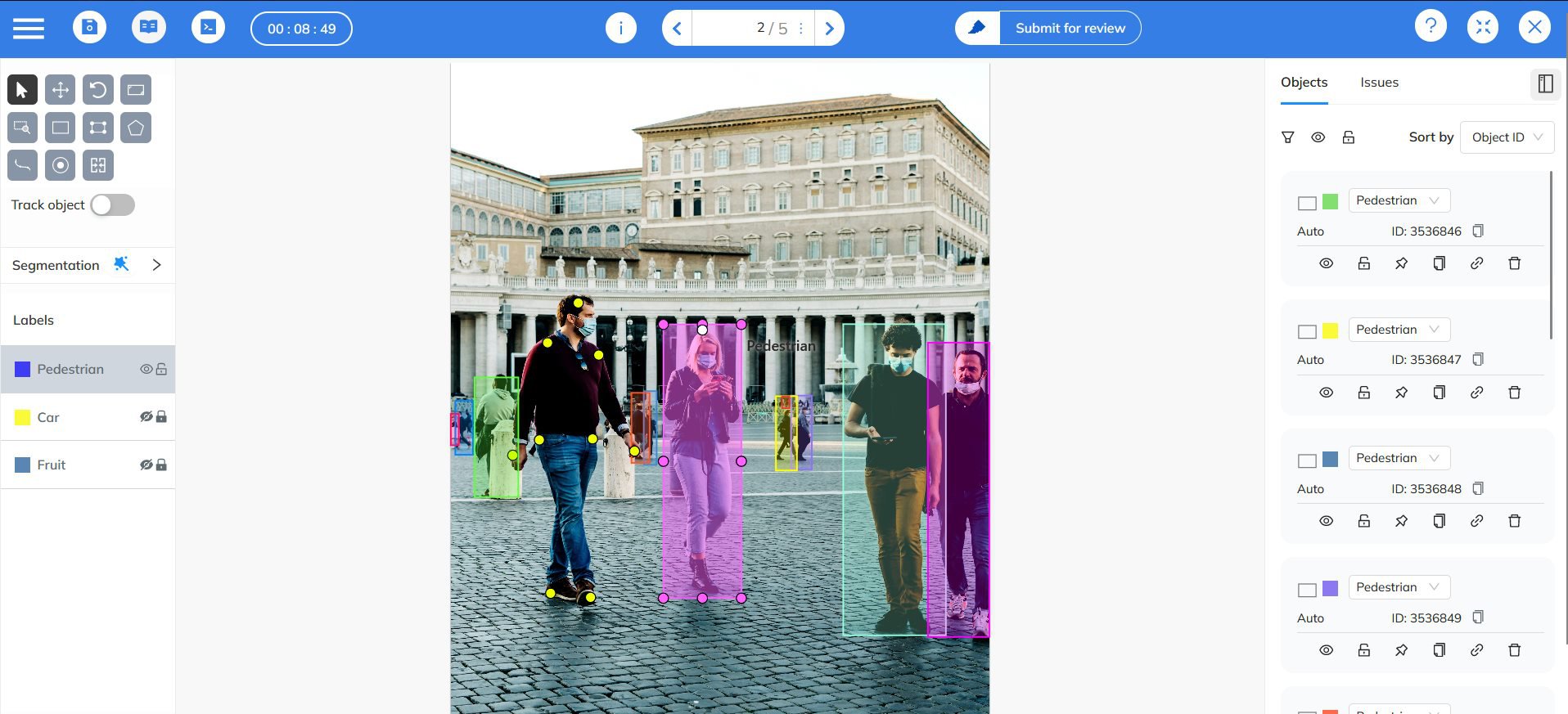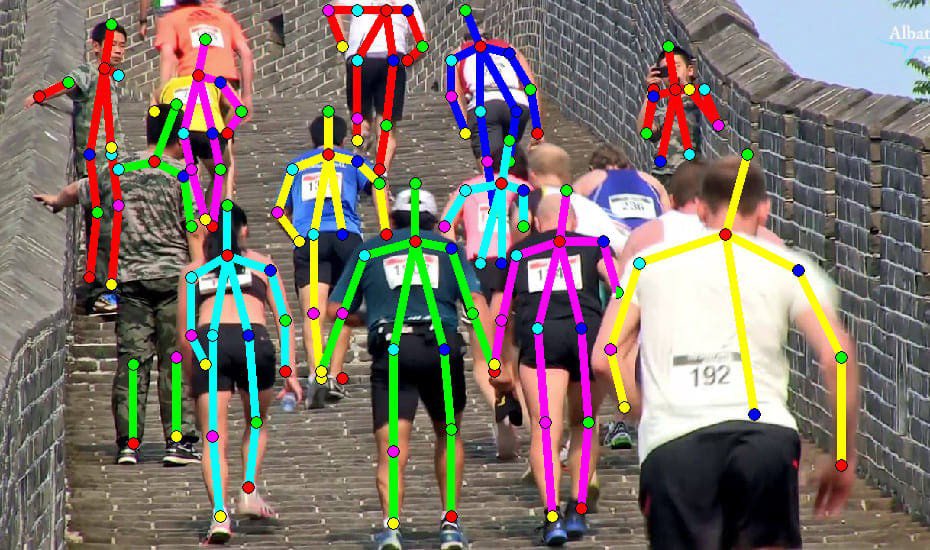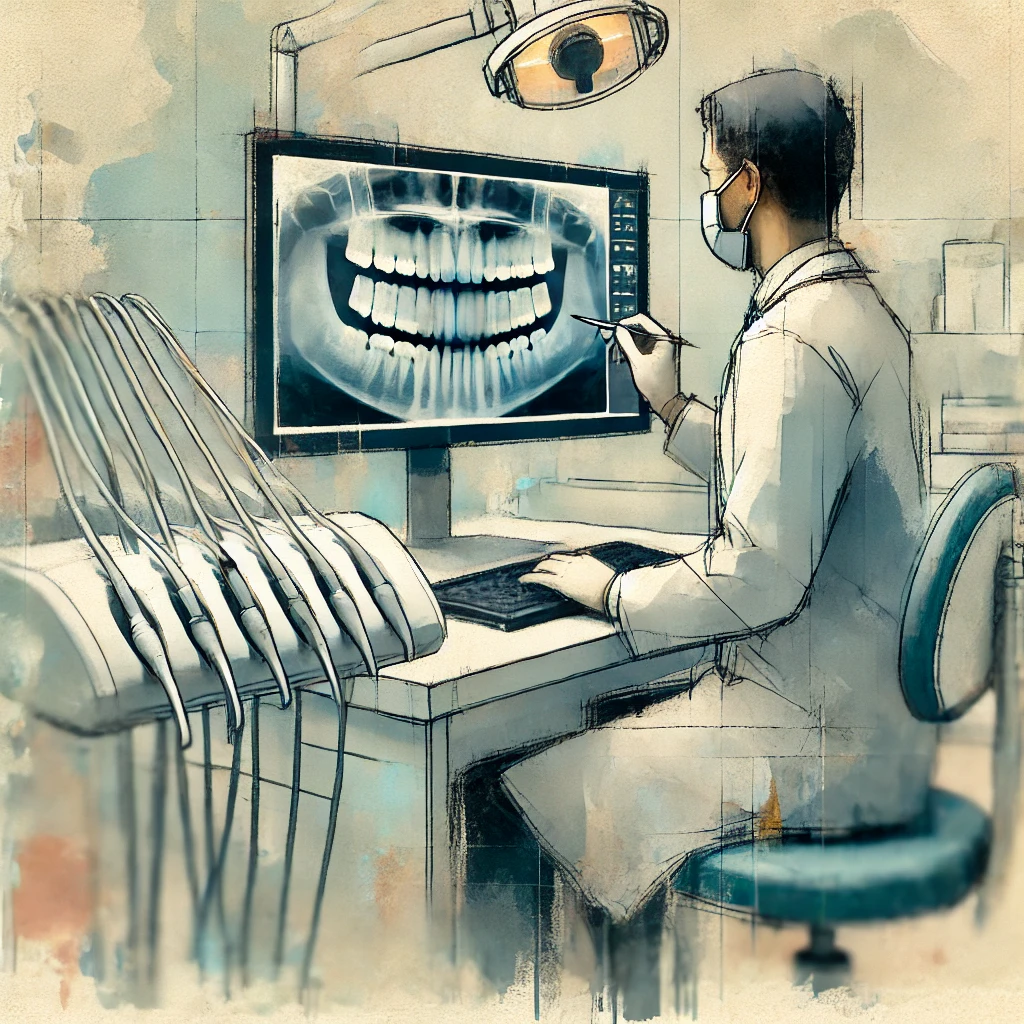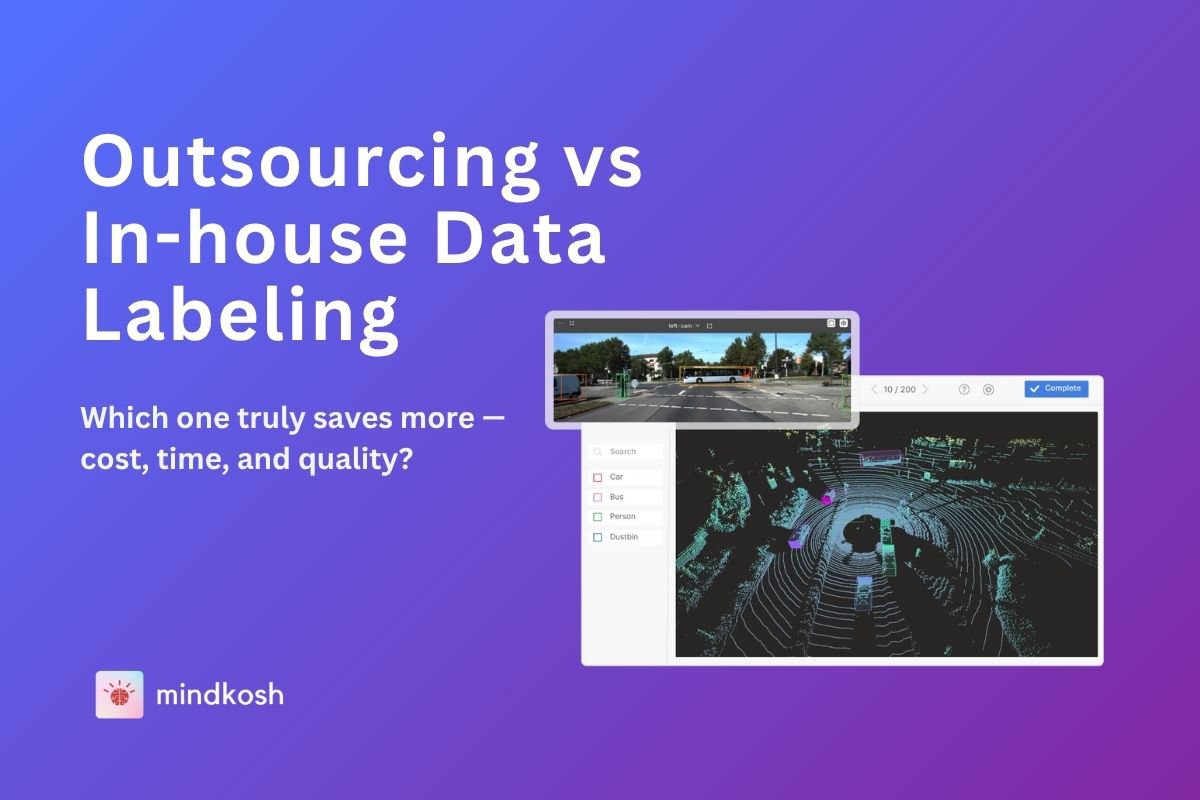
Imagine watching a football game, where the commentators provide real-time analysis of player movements, predicting passes, and identifying scoring opportunities. How do these systems understand and interpret the complex dynamics of the game? Using an AI technique called Computer Vision. In order for these AI systems to learn how to detect and analyze minute player movements, they need high quality datasets labeled with a technique called keypoint annotation. We describe Keypoint annotation and its various applications in the sections below.
What is Keypoint Annotation?
Keypoint annotation is a specialized type of data labeling that involves identifying and marking critical features within images or videos. These keypoints serve as reference points that AI models use to understand and analyze the visual content. Think of it as a map, where each keypoint is a landmark, helping the AI navigate and interpret the image or video.
For instance, in human pose estimation, keypoints are placed on joints such as elbows, knees, and shoulders. In facial recognition, keypoints might mark the eyes, nose, and mouth. By connecting these points, we can create a skeleton or a structure that represents the object’s shape and movement.
But why is keypoint annotation so important? The answer lies in its ability to handle complex visual tasks. By providing detailed and precise annotations, it enables AI models to perform a wide range of functions, from tracking moving objects to identifying specific features within a cluttered scene.
How Keypoint annotation works
The process of keypoint annotation can be broken down into several steps:
- Dataset Import: Images or videos are uploaded to an annotation platform like Mindkosh.
- Keypoint Skeleton Creation: A set of keypoints and their connections are defined to form a skeleton that represents the object’s structure.
- Annotation: Annotators manually align the keypoints with the corresponding landmarks in each image or video frame.
- Quality Control: Annotations are reviewed for accuracy and consistency, with necessary corrections made.
- Data Export: The annotated data is exported in a format suitable for training Machine Learning models.
Advanced annotation tools often incorporate features like interpolation, allowing annotators to only label important keyframes and automatically generate annotations for intermediate frames, significantly speeding up the process.
Challenges in Keypoint Annotation
Despite its numerous advantages, keypoint annotation presents several challenges that must be addressed to ensure high-quality results:
1. Time-Consuming Process
Manual keypoint annotation is labor-intensive and time-consuming. Annotators must carefully mark each keypoint, often for thousands of images or video frames. This process can be particularly slow for complex scenes with multiple objects or intricate details.
2. Human Error
Human annotators are prone to making mistakes, leading to inconsistencies and inaccuracies. These errors can significantly impact the performance of AI models, making it crucial to implement rigorous quality control measures.
3. Quality Dependency
The effectiveness of AI models heavily depends on the quality of the annotated data. Poor image quality or incorrect annotations can lead to inferior model performance. Ensuring high-quality data sources and accurate annotations is essential for successful outcomes.
4. Privacy and Security Risks
Handling sensitive data, such as medical images or surveillance footage, raises privacy and security concerns. Ensuring rigorous data privacy standards, anonymizing sensitive information, and implementing secure data handling practices are critical to mitigating these risks.
5. Consequences of Errors
Incorrectly annotated data can lead to dangerous or inconvenient situations, particularly in critical applications like autonomous vehicles or medical imaging. Robust error-checking mechanisms and continuous model updates are necessary to prevent such issues.
Best Practices for Keypoint Annotation

To overcome these challenges and ensure high-quality annotations, it’s essential to follow best practices:
1. Quality Datasets
Using diverse, high-quality datasets is vital for successful keypoint annotation. Balancing AI and human assistance can enhance the accuracy and comprehensiveness of the annotations. AI can handle repetitive tasks quickly, while humans can provide nuanced judgments for complex cases.
2. Clear Guidelines
Providing annotators with clear and detailed guidelines ensures consistency and reduces the margin for error. An explicit instruction manual can guide annotators in handling ambiguous or visually unclear parts, aligning their judgments with the project’s overall goals.
3. Quality Control
Maintaining high-quality outputs involves rigorous checks. Implementing multiple trained annotators and an effective system for error correction can help identify and rectify potential inconsistencies and inaccuracies. The ‘many-eyes’ principle, involving several annotators reviewing the same data, can enhance the reliability of the annotations, however it increases the cost of annotation.
4. Hybrid Approach
Combining technology and human skill can result in a robust annotation process. Employing Annotation tools with quality control measures, efficient labeling tools and a comprehensive reviewing capability can complement human labeling, increasing efficiency and accuracy. Our own annotation platform incorporates many such features to help create high quality labeled datasets.
5. Ethical Considerations
Prioritizing security, privacy, and ethics during data collection and annotation is crucial. Explicit consent from subjects, secure storage and handling, and adherence to global data protection regulations are the cornerstones of ethical annotation practices.
Use cases for Keypoint Annotation

Keypoint annotation is a fundamental component in various computer vision tasks, with applications spanning numerous industries. Let’s explore some of the most impactful uses:
1. Human Pose Estimation
Human pose estimation, enabled through keypoint detection, is used in a variety of industries for a variety of purposes. In sports analytics, keypoint annotation is used to analyze athletes' movements, providing insights that can enhance performance and prevent injuries. By marking keypoints on an athlete’s body, AI can track their movements and identify areas for improvement.
In healthcare, this technology aids in physical therapy by monitoring patients' movements. Accurate tracking of keypoints allows therapists to design better rehabilitation programs and monitor progress more effectively.
2. Facial Recognition
Facial recognition systems rely heavily on keypoint annotation to identify unique facial features. By marking keypoints on the eyes, nose, and mouth, AI models can create a detailed map of a person's face, improving the accuracy of identification and verification processes.
This technology is also used in animation and augmented reality (AR) to create realistic facial expressions. By accurately tracking facial movements, animators can produce lifelike characters and interactive AR experiences.
3. Robotics and Autonomous Vehicles
Keypoint annotation plays a vital role in robotics and autonomous vehicles, helping machines understand and interact with their environment. Robots can recognize and manipulate objects more effectively, while autonomous vehicles can detect and interpret traffic signs, pedestrians, and other vehicles.
This capability is crucial for developing safe and efficient autonomous systems, reducing the risk of accidents and improving overall performance.
4. Medical Imaging
In the medical field, keypoint annotation is invaluable for identifying anomalies in medical scans. By marking specific features in x-rays, MRIs, or CT scans, AI models can assist in diagnosing diseases and planning treatments.
For example, keypoints can highlight tumors or other abnormalities, providing doctors with critical information for patient care. This technology also facilitates research by tracking disease progression and the effects of treatments.
5. Surveillance and Security
Keypoint annotation enhances surveillance systems by tracking and analyzing human movements in video footage. This capability is essential for security purposes, enabling the identification of suspicious activities and the monitoring of large crowds.
In addition, keypoint annotation helps in behavior analysis, allowing security personnel to predict and respond to potential threats more effectively.
6. Sports and Motion Analysis
In addition to human pose estimation, keypoint annotation is used in sports analytics to provide detailed analysis of players’ movements on the field. This information helps teams develop strategic insights, improve training regimens, and prevent injuries.
In the entertainment industry, keypoint annotation aids in creating realistic animations for video games and movies. By accurately tracking movements, animators can produce lifelike characters and dynamic scenes.
7. Augmented Reality (AR) and Virtual Reality (VR)
Keypoint annotation is crucial for enhancing user experiences in AR and VR. By accurately tracking movements and interactions within a virtual environment, it enables more immersive and interactive experiences.
8. Industrial Automation
In industrial settings, keypoint annotation helps monitor the movements and performance of robots. By tracking keypoints, AI can ensure that robots are operating efficiently and safely.
It is also used in quality control, inspecting products on assembly lines for defects and ensuring high standards of production.
Conclusion
Keypoint annotation is a foundational technique for enhancing AI’s visual understanding. Through meticulously labeled keypoints and skeletons, AI models can achieve greater precision in complex computer vision tasks. Its applications span numerous fields, from healthcare and security to sports and industrial automation, showcasing its profound utility.
While keypoint annotation does present challenges, adhering to best practices can ensure high-quality annotations, paving the way for more advanced and accurate AI systems. As we move towards an increasingly data-driven future, the precision, accuracy, and ethical handling of keypoint annotation will remain pivotal.




